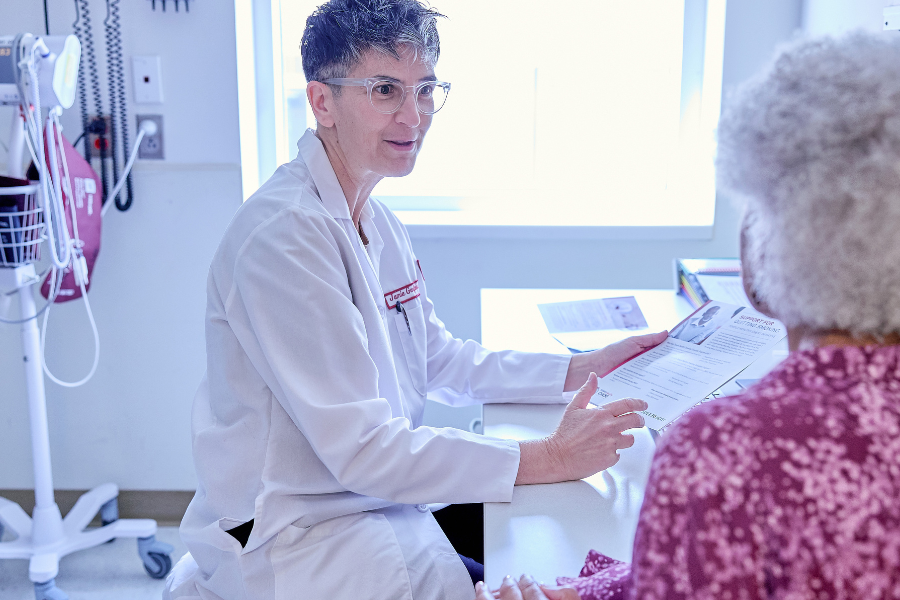Many people with chronic obstructive pulmonary disease (COPD), pulmonary fibrosis and other lung diseases eventually require supplemental oxygen therapy to reduce breathlessness. However, receiving a prescription for home oxygen can feel distressing. Suddenly, everyone who encounters you will know you have some sort of medical condition that requires you to use oxygen.
As you navigate the challenges of setting up and using home oxygen therapy, remember it can greatly improve your quality of life as your COPD, pulmonary fibrosis or other lung disease progresses.
Follow these 7 tips and strategies to learn how to live comfortably with home oxygen:

